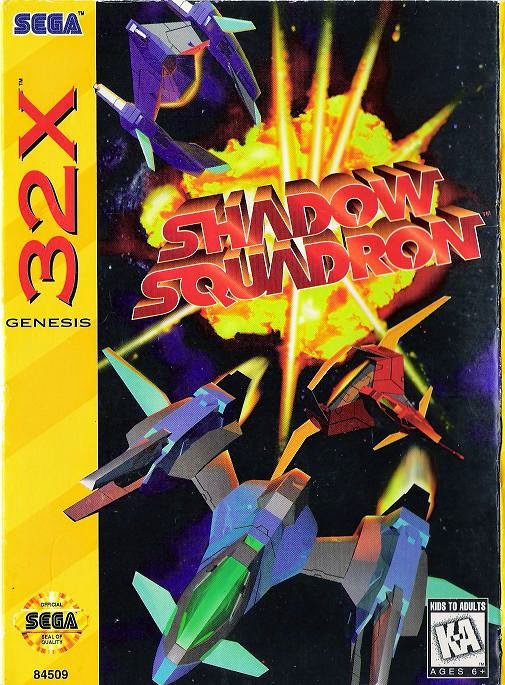We observe 24 hours in one day, and as a human collective we tend to stereotype certain hours toward certain activities. Work starts at 9AM, ends at 5PM. We eat dinner around 6PM, stay at the clubs until 2AM, enjoy a spot of tea at 4PM. Some of us enjoy certain times of day over others. For example, larks enjoy 5AM to energize their day with a power walk. The aforementioned English may look most forward to 4PM for their tea break. Ghost hunters favor the devil’s hour of 3AM for their investigations. On the contrary, commuters will dread the hours of 6-8AM (and 5-7PM) due to the crowds and congestion of rush hour. And as a general human collective we devote the hours of 2-5AM to sleep and nothing more.
Except me.
I am the very definition of a night owl. I see midnight the way most people see 8PM, the time when the night is just getting started. There is a magic to the dead of night, a mystere if you will. It is a time when very few are out and about. Roads that are usually congested beyond hope are conveniently clear. Bees and other pests are nowhere to be found, replaced by harmless crickets and fireflies. Establishments open 24 hours are much more peaceful, lines nonexistent. Artificial light does its best to illuminate the world that we usually see by sunlight, sometimes exposing things that are otherwise overlooked. And for all you tech junkies out there, the lack of demand during the overnight hours give you the most optimal Wi-Fi speeds you’ll see all day.
Every night hour tells a story. Midnight is the celebration, the start of the night and the start of a new day. 1AM continues the party and is the prime of the night. By 2AM things begin to slow down, as the so-called ‘night owls’ give up and turn in. Through the course of the hour the world becomes emptier, until 3AM when only the true owls remain. The 3AM hour is when we rule our roost, enjoying the world we’ve inherited. There is no turning back at this point, we have truly embraced the night.
Then comes the fourth hour.
Few people make it this far. By 4AM, things start to glaze over. As ultimately diurnal beings, even we owls know when things have gone further than probably intended. The sky is as dark as it will ever be. Whatever spurts of energy we may have felt the past few hours are now starting to wind down, and things start to take on a different sight and sound. The specter of sleep starts to slowly take over, but the magic of the night keeps us conscious. It’s almost a high. Dare I go as far to say it’s a naturally psychotic experience.
This is my favorite hour of the day, the hour when reality seems the least real. Anything seems possible, somehow. Rules start to lose their meaning, because at this point there’s no one and not much to govern. It is a lonely hour, but a time when you can get in touch deeply with yourself. And yet as alien as the hour makes life, that same life still exists. You don’t actually go anywhere, but at 4AM you feel as far as you can be. Again, few people experience the fourth hour, but for us that do, it’s almost better that way.
Depending on the time of year, the fourth hour ends in different ways. In the summer, the hour is quickly ushered out by the start of dawn, an abrupt end to the night that brought you such dark solace. In the winter the night does continue, but society begins to resume as well. Roads repopulate, businesses reopen, and suddenly the night is no longer yours alone. Even if it’s still dark out, by 5AM the magic of the night has fully faded away. There’s not much left to do, except perhaps succumb to the specter.
Pick a time of the day that you understand the most, be it 4AM for me or noon for you. Feel it, question it, but most importantly enjoy it. It’s the one thing you will always have, without fail, every single day. Claim that moment for your own. Do something special at that time, or reserve that time for inner peace. Though our expiration is a definite, the time we have left is a constant. But blink and you miss it. Don’t lose your personal moments in the shuffle, and don’t ignore the value and emotions our favorite hours can bring. Enjoy them every day you have.


















